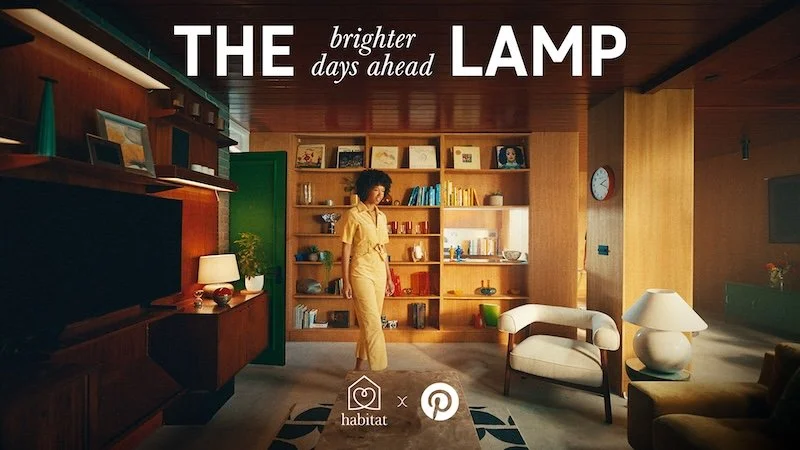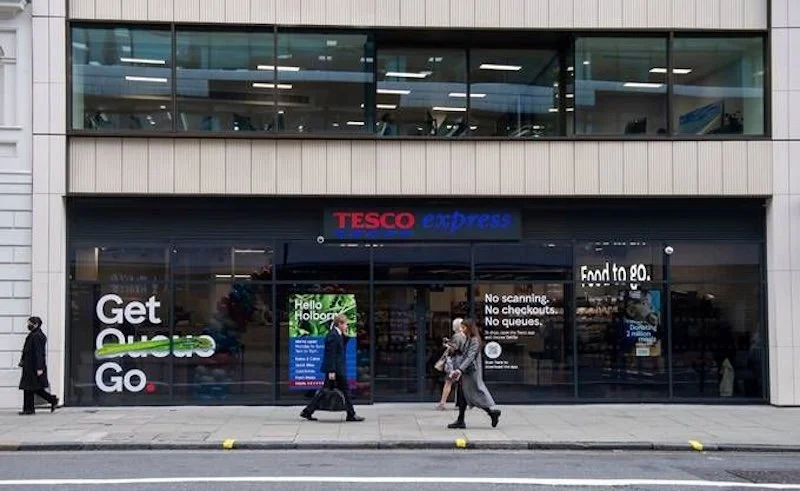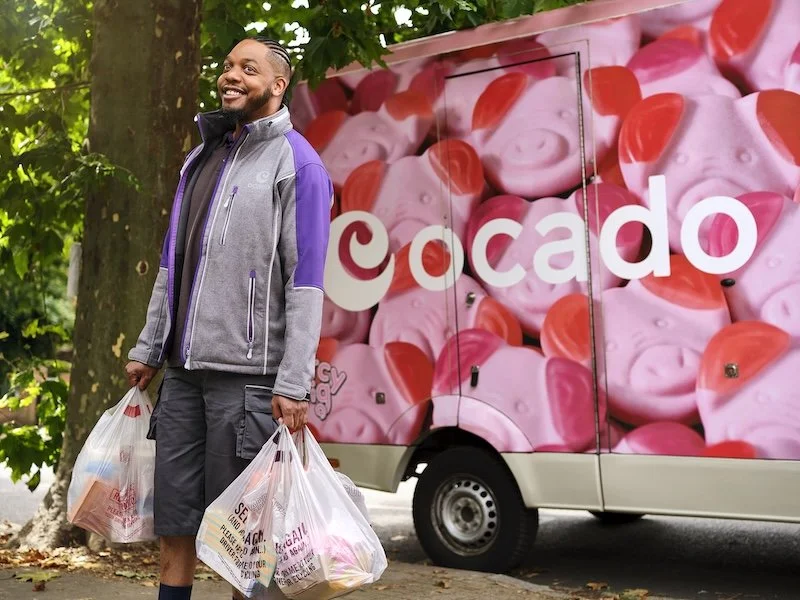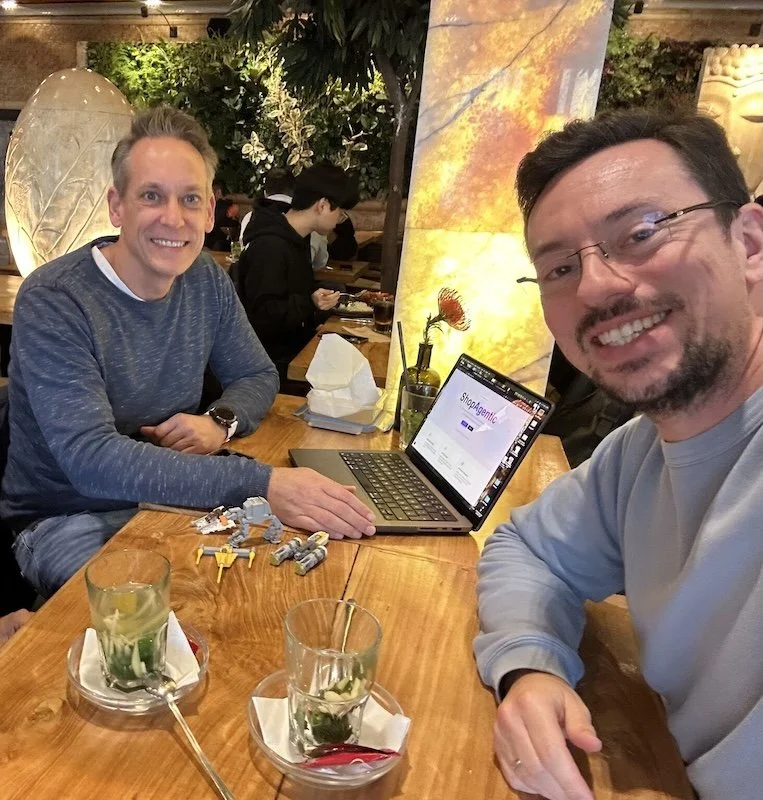Grocery wars: Here’s why Amazon was wrong to bet on retail technology and a new store format
Amazon’s net sales rose 12% to $149.2 billion in the fourth quarter, which was better than expected. Growth was entirely driven by North America and Amazon Web Services (AWS), while International sales fell 5%.
Operating profit fell to $2.7 billion from $3.5 billion a year ago. The decrease includes a $2.7 billion charge relating to the group’s restructuring efforts, including severance costs. AWS was the only division to generate profit, which came in at $5.2 billion.
Amazon CEO Andy Jassy suggested during a call to discuss the quarterly results that the company has fallen short of its grocery ambitions.
According to Jassy, “what the company needs is a distinctive store format that's doing well financially before embarking on a major expansion, a formula Amazon hopes to find this year."
He also stated, "Despite our large business from packaged food and other goods, we have yet to win significant market share in perishables."
Amazon has brought in Tony Hoggett, Peter Bowrey, and Claire Peters to try and find a formula for growth.
“I wish Tony, Peter, and Claire well but we have a different point of view on what Amazon should do. The brutal truth is that it has made significant mistakes with its grocery strategy since it acquired Whole Foods Market,” says Brittain Ladd, a supply chain consultant and former Amazon executive.
“Whereas Kroger and Walmart accelerated their strategies for groceries, Amazon bet on technology and a new store format to erase the fact that Kroger is over 100 years old, and Walmart has been selling groceries since 1988.”
“It hasn't worked. Kroger, who is trying acquire Albertsons, and Walmart, operate nearly 9,000 stores in the US. Aldi will operate 2,500 stores by 2024. Amazon operates less than 600 stores. Amazon is at a massive disadvantage in groceries controlling less than 2% market share.”
Ladd adds: “I strongly recommend that Amazon not try and build thousands of stores in an attempt to catch-up with their competitors.”
“Instead, well designed strategically placed Amazon Fresh destination supermarkets supplemented with Amazon Go and Amazon Fresh Online micro-fulfilment centres is a better strategy. In addition, an acquisition of Ocado Group should be explored. Amazon can’t go head to head with its competitors. It must be strategic.”
Catherine Wood, founder of ARK Investment Management, made headlines recently with her statement that, “Amazon is adding about a thousand robots a day. If you compare the number of robots it has to the number of employees, it’s about a third. And we believe that by the year 2030 Amazon can have more robots than employees.”
Wood is right to say this, Ladd argues.
He states: “Amazon, Walmart, Target, and many other large companies that have to employ thousands of workers to run their warehouses and fulfil their products to customers and stores, are investing in robotics.”
“However, we have yet to see the 'Holy Grail' of robotics: General purpose humanoid robots with legs for mobility and arms and hands that can perform tasks in environments designed primarily for humans - like warehouses.
Ladd concludes: “Amazon has a lot of work to do. Make no mistake, it won’t be easy.”















Continue reading…